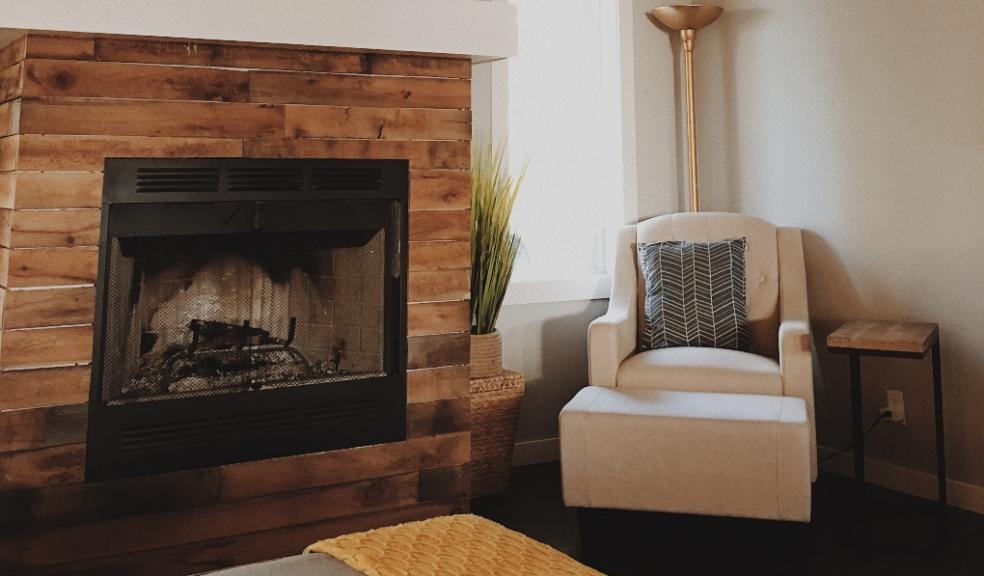
Boiler on the Blink? Try this handy home heating hack
With British Gas staff beginning a five-day strike over pay cuts, there are fears that chilly customers will be unable to access emergency boiler repair services, leaving them without hot water and central heating during the coldest week of the year. Throw-in the fact that millions of us are at home due to lockdown - many Brits could be in for a cold and miserable few days.
No heating?
One of the most common boiler problems is a frozen condensate pipe. If your boiler has started to make funny gurgling noises and your radiators are not heating up - your condensate pipe could be frozen and will need thawing out.
Do it yourself!
The good news is you should be able to fix this yourself without having to call out a heating engineer. Boiler Guide has created a handy video with step-by-step instructions to help get your boiler firing on all cylinders. They have also pulled together a list of error codes from all the top brands that will show on your boilers display to help you self-diagnose the problem.
Boiler Error Codes for Frozen condensate pipe
Manufacturer Error Code
ATAG 133
Baxi E133 or E28
Glow-worm F1, F4, F28, or F29
Main E133
Potterton E133
Vaillant F28 or F29
Viessmann F4EE
Worcester Bosch EA229 D5
A full list of boiler error codes can be found here.
Founder of Boiler Guide David Holmes said,
A frozen condensate pipe is a common problem and thousands of customers search google every year looking for a fix. Follow our simple guide and you should have your heating back up and running without much hassle.
If in doubt, call an expert
If you don’t feel comfortable doing the job yourself, you can still contact thousands of Gas Safe engineers who continue to work safely during lockdown. The Department for Business, Energy and Industrial Strategy (BEIS) has confirmed that heating specialists should continue to operate within the guidelines in place before the latest lockdown announcement on 4 January. You can get free quotes from the Boiler Guide website.
What is a Condensate Pipe?
All condensing boilers have a condensate pipe which sends waste water outside and down a drain. This waste water is acidic and gets produced as the boiler extracts as much energy as possible from flue gases, which turns into a small amount of acidic water as it cools. This process increases the efficiency of the boiler and is why all new boiler installations have to be condensing.
Finding the Condensate Pipe
Condensate pipes can’t be metal which makes finding them that much easier as they’re made out of plastic, unlike the other pipes that are connected to the boiler. This pipe will lead outside and come out of the wall fairly low down, right above a drain.
Why do Condensate Pipes Freeze?
Being outside means that during the winter months, the acidic water running out of the condensate pipes is prone to freezing. Any water that freezes inside the pipe ends up blocking more water from escaping through the pipe, meaning that water builds up in the boiler. At this point, to prevent serious damage to the boiler from flooding, it will switch itself off until the frozen condensate pipe has been thawed out. To help prevent the condensate pipe from freezing, the Heating & Hotwater Industry Council (HHIC) advise operating the boiler at a higher flow temperature which will lower the amount of condensate that forms, ultimately reducing the chances of the pipe freezing. However, this does mean that the radiators will be hotter and you’ll be paying more for the heating. Remember to turn the boiler thermostat down after the extremely cold weather has passed.
Recognising a Frozen Condensate Pipe
Before attempting to unfreeze a condensate pipe, you first need to ensure that’s the cause of the fault. In many cases, your boiler will display an error code to make you aware but if your boiler doesn’t then it can often be recognised by a gurgling noise coming from your heating system.If your boiler has been working well up until a period of below freezing temperatures then that’s a strong indication that the condensate pipe has frozen.
How do I Thaw a Condensate Pipe?
If your condensate pipe has frozen, don’t worry, this can be resolved in just a few steps without even having to contact a heating engineer. It’s important to find the blockage before taking any further actions so that you know you’re thawing out the right part of the pipe. This often occurs where there’s a bend or dip in the pipe. Once you’ve located the blockage, there are several ways that you can unfreeze the condensate pipe:
- Apply a hot water bottle, microwaveable heating pack or warm cloth to the frozen part of the pipe.
- Pouring hot water over the frozen part of the condensate pipe using a watering can – don’t use boiling water as it could cause the plastic pipe to melt.
Be careful of the water on the floor when pouring water over the condensate pipe as it could quickly freeze and become slippery.
After unfreezing the pipe, you might need to reset the boiler to get it going again although some boilers will do this automatically, so it’s best to take a look in your boiler’s manual for next steps.









